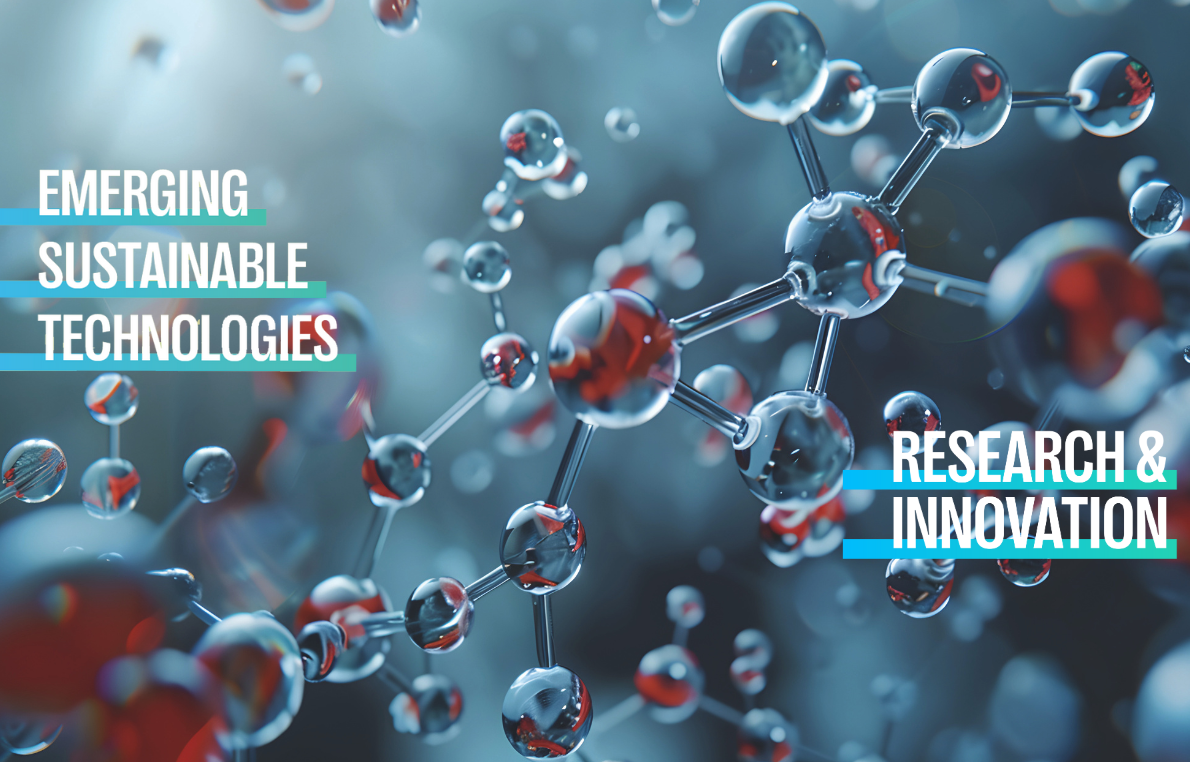


Plasma conversion technologies show some enthusiastic promise. Still, they raise several societal issues that should be addressed.
As fossil fuel reserves dwindle, it is crucial to diversify and electrify the energy mix with renewable sources, primarily wind and solar. These renewables operate intermittently, while modern infrastructure requires a stable baseline supply (e.g., grid). This mismatch with electricity demand can be addressed through chemical energy storage. CO2 plasma, considered a carbon utilisation technology, breaks CO2 stable molecules with renewable electricity to produce syngas. This syngas is a chemical key to producing renewable fuels such as methane, methanol and hydrocarbons. By doing so, CO2 plasma aims to close the carbon loop, by relying less on fossil fuel extraction and store renewables energy, two key issues for the defossilisation of industry.
Plasma is an ionised gas, meaning that ions and electrons are separated from their atoms, forming a soup of positively and negatively charged particles.
Today, plasma is recognised as a state of matter, alongside solids, liquids, and gases. Plasma exhibits the following properties: high electrical conductivity, reactive environment due to free electrons and available valence sites, manipulation and confinement via magnetic fields, light emissions, wide range of pressure and temperature, including ambient, non-equilibrium states, and the ability to flow and fill space easily.
There are two types of plasma: high temperature and low temperature. In high temperature plasma, all the gas is ionised. On the other hand, low temperature plasma exhibits a low degree of ionization, with most of the gas remaining neutral.
When sufficient electricty is supplied, low temperature plasma creates a local non-thermal thermodynamic equilibrium space. Here, electrons are excited to a level comparable to high temperature, enabling a highly reactive environment at ambient temperature.
Industries have found real applications for plasma in manufacturing, medical treatments, waste treatment, and electronics, rather than seeing it just as a scientific curiosity.
CO2 Plasma emerging technology aims to break down stable carbon dioxide into carbon monoxide. This carbon monoxide is then mixed with H2 , sourced from electrolysis for example, to produce syngas.
Advantages | Challenges |
| Mild operating temperature and pressure (25-200ºC,1 bar) for the DBD reactor | Lack of demonstration plants with operational data |
| Electrification using renewables | Uncertainties about product separation |
| Flexibility in feedstocks, products | Currently medium to low selectivity and CO2 conversion rate |
| Flexibility on ramp up rate, could be switched on and off, perfect for buffering renewables intermittences via chemical storage | Scalability |
| Reaction happening in reactor volume instead of surface | Difficult modelling, lack of understanding of complex physical phenomena associated with plasma catalysis |
| Improved energy efficiency | |
| No use of rare earth elements |
Plasma conversion technologies show some enthusiastic promise. Still, they raise several societal issues that should be addressed.
A main issue is that plasma conversion technologies use carbon dioxide as a resource. The origin of CO2 is an important factor since complete carbon neutral can only be reached when biogenic of atmospheric CO2 is used. Yet, CO2 can also be sourced through Direct Air Capture, which might raise specific social acceptance issues.
A first issue regards the investments required to the development of such technologies. It should be made clear that these investments for DAC and Plasma will not deter developments or investments in renewables. To achieve this, the development of plasma conversion ought to be considered as part of defossilised energy transition decisions and should be consistent with strategies for phasing out fossil fuels, and with electrification strategies.
A second issue is to address risk and benefit perception, especially regarding the controllability of the technology and the benefit that they can bring. Perceived health concerns and concerns about environmental damages are important drivers of public perception and acceptance of CO2 -derived technologies and should be kept into account when further developing such technologies.
More information, examples and use cases in ENGIE's 2025 report on Emerging Sustainable Technologies.
> Download the 2025 report on Sustainable Emerging Technologies <